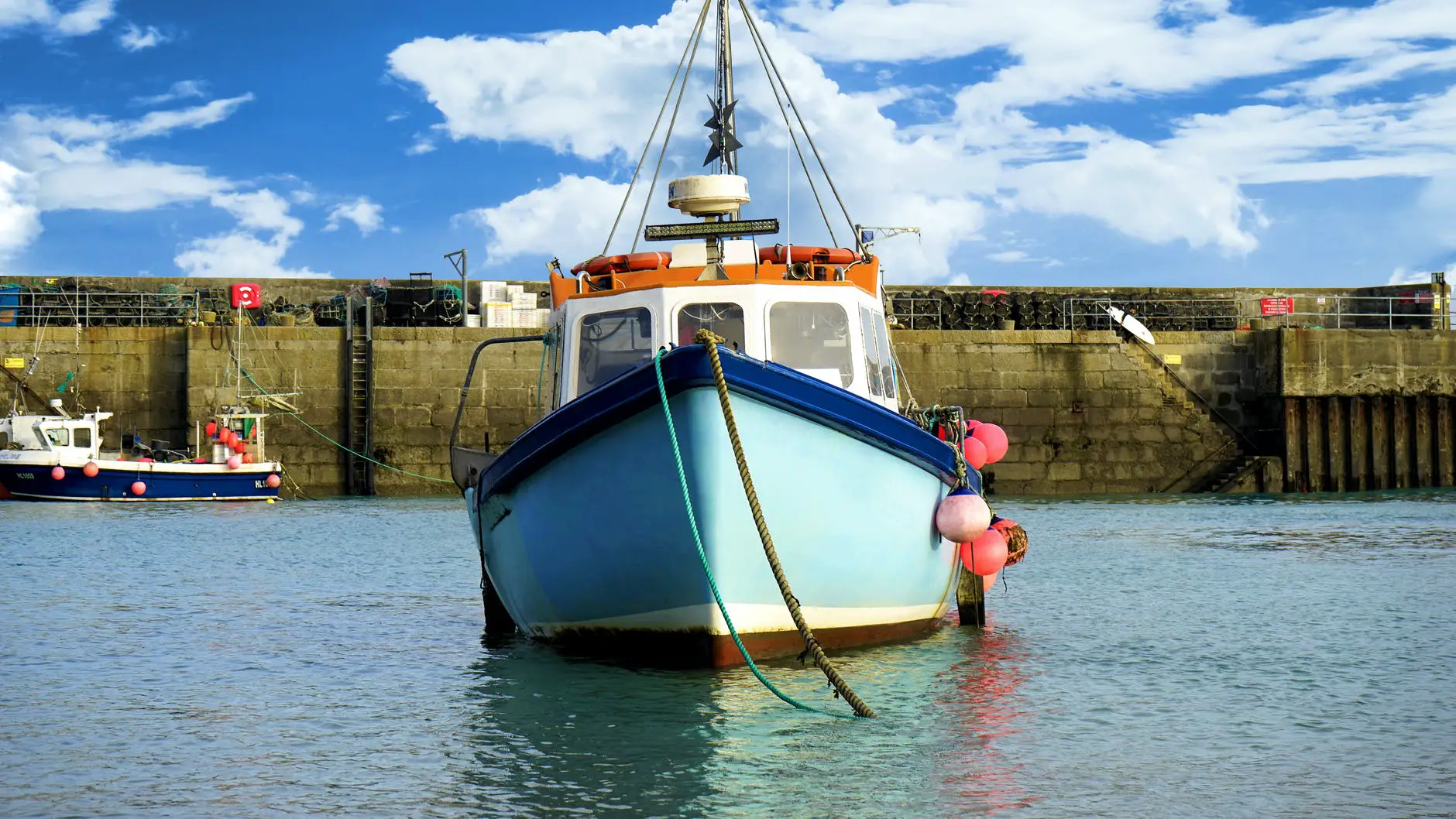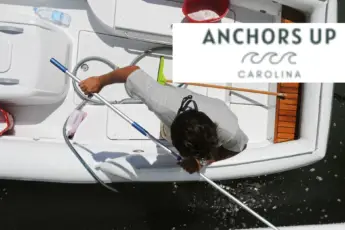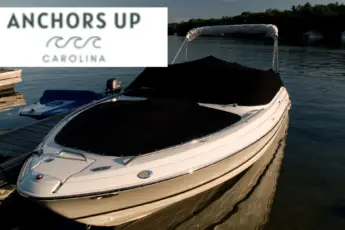If you are a great captain, seeing a fishing boat ahead should make you a bit more aware. Fishing boats bring a whole other level of danger when it comes to having to maneuver around them. In this guide, we will help you learn how to pass a fishing boat so that both you and the fishing vessel stay safe.
How To Pass A Fishing Boat
When it comes to how should u pass a fishing boat, you need to pass a fishing boat, you should steer to the starboard side of the boat. If you are no familiar with starboard, this is the right side of the boat.
When you steer to the starboard side, you will pass this boat on your left. When standing on the other boat, they will see you go past on the left side as well. This is standard for passing boats on the water.
Helpful Hints for Passing a Fishing Boat
Of course, we all wish it was as simple as just passing boats on the starboard side. Of course, there are going to be other situations where this will not all line up so cleanly. Being prepared to think outside the box and avoid danger will make you much better at operating a boat. Here are a few helpful hints to keep you aware.
- If a fishing boat has a line out to the shore, you may not have the ability to pass on the starboard side. If this is the case, it is ok to pass on the port side, but you must communicate this to the boat you are passing.
- Passing a fishing vessel on the starboard side, it is the standard operating procedure to honk one time and then wait for a honk in return. This makes sure that both boats are aware that there will be a pass on their left.
- Suppose you are passing a vessel on the port side because you can’t pass on the starboard, then it is best to honk twice and wait for a return honk. This should only occur after you have communicated with the other boat what your intentions are.

At What Speed To Pass A Fishing Boat?
More than just answering what should you do if you encounter a fishing boat while out in your vessel? Is the speed to pass a fishing boat. Do not be that person that flies past a fishing boat. As a result throws up a big wake, and has everyone hanging on for their lives. There is just no reason for this. When you pass a fishing boat, you need to do it at a minimum and safe speed.
A massive wake is a dangerous thing for a fishing boat. Especially for a fishing boat with amateur fisherman standing along the outside. These types of wakes have been known to throw people entirely off the boat.

Order
Another essential factor to remember when it comes to how should you pass a fishing boat? is who has the right of way. When it comes to navigation, there is a hierarchy of vessels. It is good to have this concept in your head before you start spending more time on the water.
At the bottom of the list are powered boats. Powered boats have the most control over their vessel and therefore do not stand at the top of the list.
Next comes the sailboats Sailboats do not have as much control as a powered boat. Since they have less control, they are given some respect and put ahead of the powered boats.
After the sailboats come the fishing boats that are actively fishing, if you see a few buddies out on a boat that look like they may throw a line in after lunch, this is not an actively engaged fishing vessel.
After the fishing boats come the vessels with navigation restricted by draft, the boats with limited maneuverability because of gear in the water, and unmanned vessels, in that order.
Finally, boats being overtaken by another are at the top of the list.
If you are on a powerboat and see any of the following situations, know that you must be patient. Wait for your turn to pass and to do so at a safe speed.
The most important takeaway from this is that fishing boats are a bit higher up as far as the pecking order is concerned than a powerboat.
Anchored Fishing Boat
When you come across a fishing boat that is anchored, make sure that you give it plenty of room. We are all curious about what they are catching, but most of these fishing boats have very long anchor lines. The last thing you need it to get yourself tangled up in that line. This will lead to some significant damage to your boat and theirs.
Remember that boaters in merely every state are required by law to pass a safety boaters course. You will likely see questions such as what should you do if you encounter a fishing boat while out in your vessel? make a large wake nearby. avoid making a large wake. pass on the side with the fishing lines. pass by close to the anglers. However, you will see additional questions beyond how should you pass a fishing boat quizlet.
What Happens When You Don’t Pass A Fishing Boat Properly?
We are sure that you get the general idea of what happens when you don’t pass a fishing boat properly, but here is a personal story that may help you understand the importance of knowing how to pass a fishing boat.
It was a summer morning on Long Island Sound, and my Dad had taken us out fishing for the day. There were five of us on the boat; two adults and three young children. We had three lines in the water and were fishing for bluefish.
The boat was about twenty feet long, plenty of room for a bit of fishing and lunch. Looking out behind the boat, we saw a large Sea Ray cruiser boat, probably about forty feet long.
The boat came up behind us and then attempted to pass us on the port side. This boat never slowed down, it never made any indication of what it was going to do, and it ran through all of our lines.
The back of the boat quickly started filling with water when my Dad went and cut each of his lines before we all ended up taking an extremely dangerous swim.
This was one of the closest calls I’ve ever seen when it comes to boating accidents, and it shows you how much damage can be done if fishing vessels are not passed correctly.
Final Reminder On How To Pass A Fishing Boat
If the boater had known the answer to how should you pass a fishing boat? This would have been avoided. The correct answer would be at normal cruising speed slowly on the upwind side of the fishing boat with minimum wake and well away from fishing lines as quickly as possible to avoid making a large wake
It only takes a second of your time to be aware of other vessels and to make sure you are respectful. If everyone could do this, there would be far fewer boating accidents.






